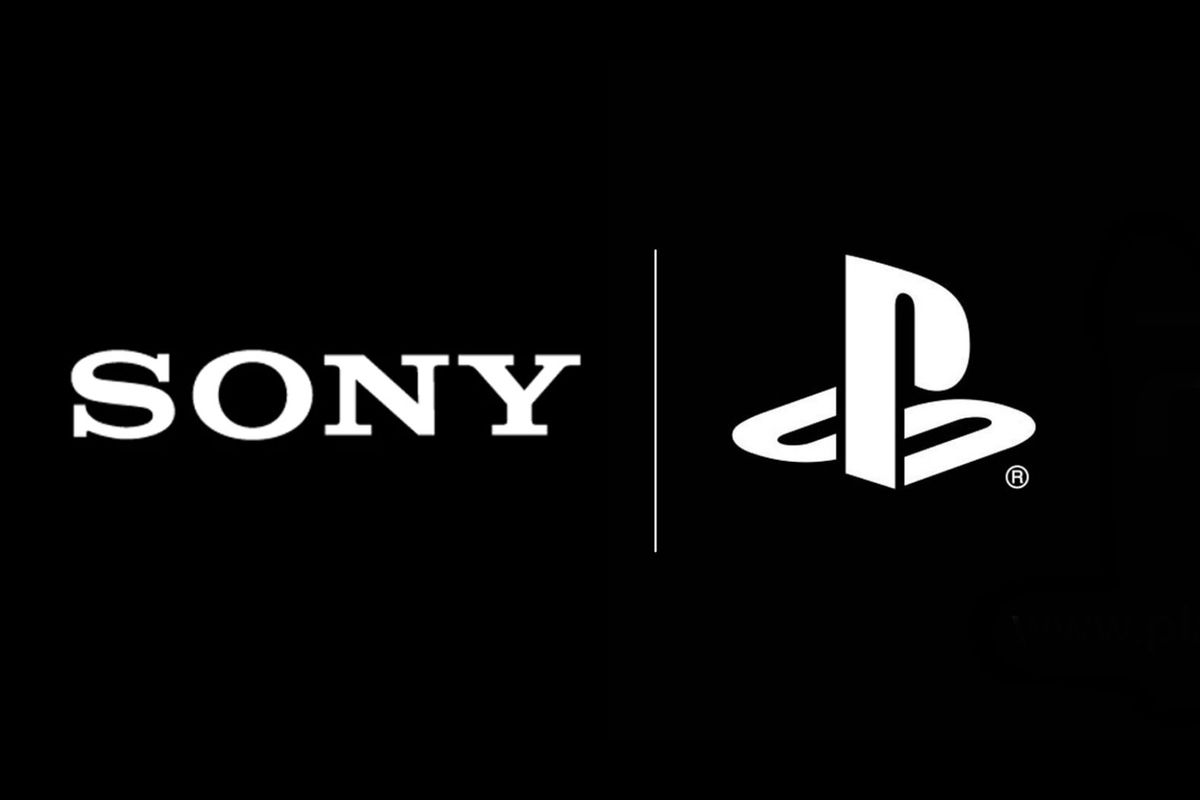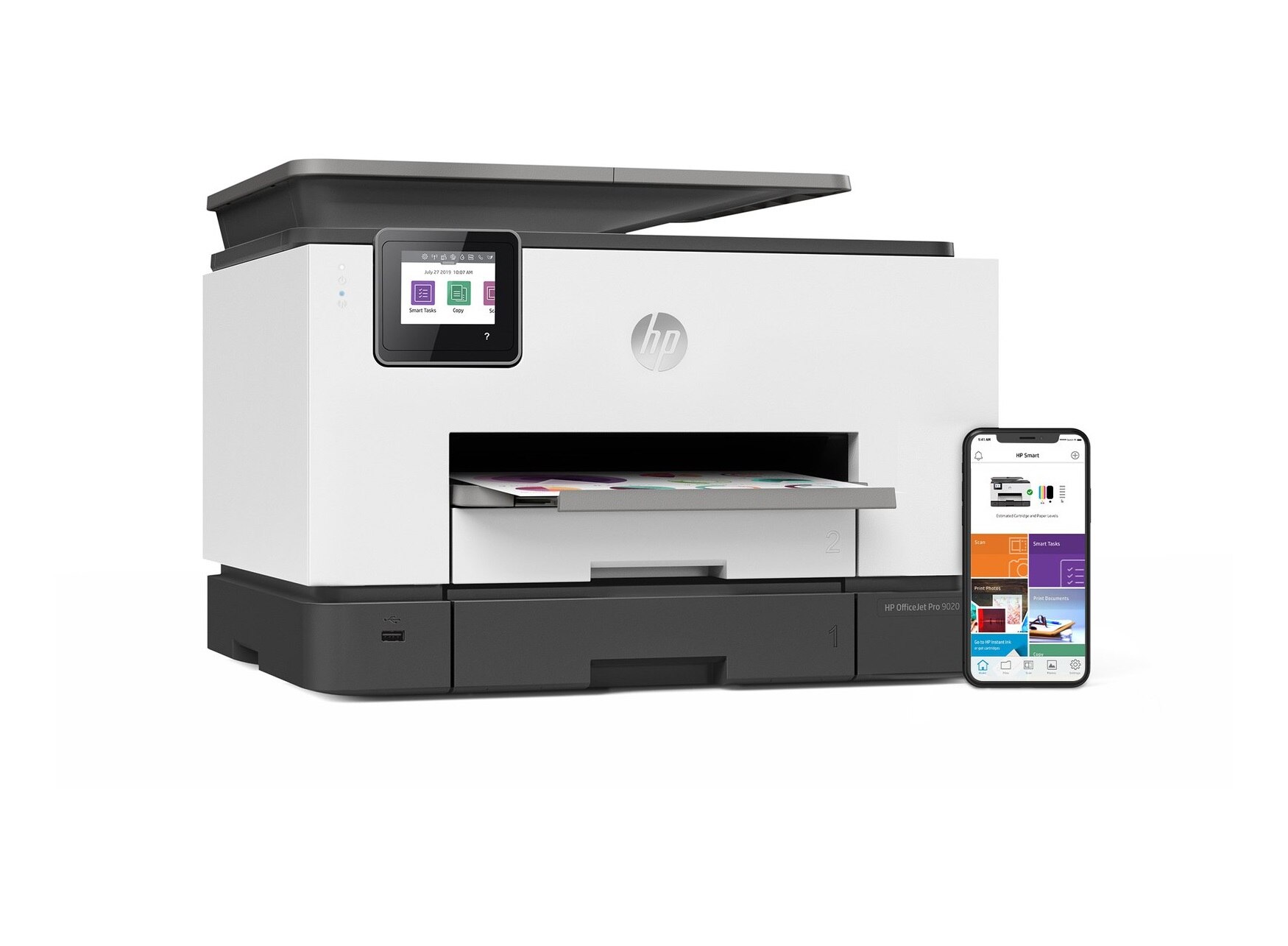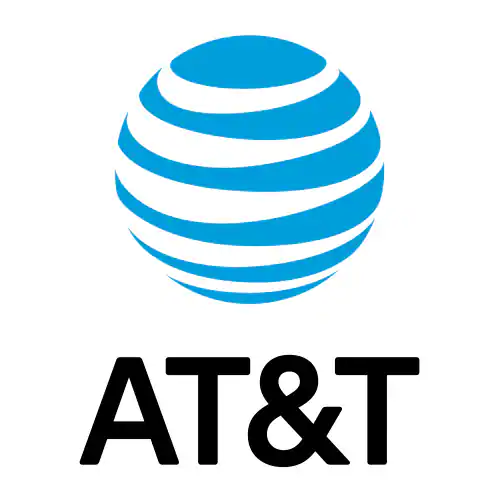If you’ve recently acquired the PlayStation Portal, Sony’s latest handheld for the PlayStation 5, you may have encountered frustrating lag issues that disrupt your gaming experience. Don’t worry, you’re not alone. Many users have reported facing performance hiccups with the remote accessory. But fear not, we have compiled a comprehensive guide to help you tackle these lag issues and ensure a smoother gaming experience.
Check Your Network Connection
The first step in troubleshooting lag on the PlayStation Portal is to assess your network connection. Network hiccups can often be the cause of lag and latency problems. Begin by conducting an internet speed test to check for any issues. If you detect a problem, try the following troubleshooting steps:
- Restart your router and modem: This helps refresh the connection and eliminate any temporary network issues.
- Reboot your PlayStation 5 and the handheld: Sometimes, a simple reboot can improve network quality and resolve performance issues.
If you are using a public WiFi network, there may be limitations beyond your control. The remote player requires a minimum connection speed of 5 Mbps, but Sony recommends a minimum of 15 Mbps for optimal gaming experience. If you are unable to fix the quality of the network you are connected to, consider reaching out to your service provider for further assistance.
Hardwire Your PlayStation 5 to the Router
If your PS5 is currently connected to the internet wirelessly, switching to a wired connection can significantly improve stability and reduce lag. Connecting your PS5 directly to the router using an Ethernet cable ensures a more reliable and consistent connection. Many PlayStation Portal users have reported experiencing no lag or stutters with a direct connection.
Switch to 5 GHz WiFi Spectrum
Another effective solution to eliminate lag and improve performance on the PlayStation Portal is to connect both the remote player and the console to your router’s 5 GHz band instead of the slower 2.4 GHz. Most modern routers offer dual bands, so you should be able to connect to the faster option. Keep in mind that the 5 GHz band has a shorter range, so try to stay as close to the router as possible when using it.
Adjust PlayStation 5 Settings
The settings on your PlayStation 5 can also impact the lag experienced on the PlayStation Portal. Consider the following adjustments to optimize performance:
- Set the maximum refresh rate to 60: The PlayStation Portal supports up to 60 frames per second (FPS) at 1080p resolution. If you are accustomed to playing games at 120 FPS on your PS5, reducing the settings to 60 FPS can help reduce lag. Navigate to your PS5’s settings, go to Video Output, and disable the 120 Hz Output option.
- Cap the resolution at 1080p: Similarly, capping the resolution to 1080p can further reduce lag. Adjust this setting in the Video Output menu as well.
These workarounds have proven effective for many PlayStation Portal users, resolving their lag issues and improving overall gameplay. However, it’s important to note that these solutions are not guaranteed to eliminate all performance problems, especially if they stem from internal issues on Sony’s side.
If the aforementioned fixes do not work for you, it may be necessary to wait for Sony to release a patch addressing the lag issues. In the meantime, let’s explore additional troubleshooting steps that can help improve your gaming experience.
Restart Modem and Router
Restarting your modem and router is a simple yet effective troubleshooting step that can alleviate network congestion and resolve connectivity issues. Modems and routers, like any other computers, can experience errors that affect connection strength. Follow these steps to restart your modem and router:
- Power off your modem and router.
- Wait for approximately 60 seconds.
- Power on your modem and router again.
This process clears any temporary network issues and provides a fresh start for your connection.
Check NAT Type
Your network’s NAT (Network Address Translation) type can impact network performance and contribute to lag on the PlayStation Portal. NAT Type 3 is known to restrict network capabilities, potentially leading to slower connections and increased latency. To ensure optimal network performance, check your NAT type and make sure it is not set to Type 3. If it is, consult your router’s documentation or contact your internet service provider for assistance in adjusting the NAT type settings.
Utilize the 5 GHz WiFi Band
If you are currently using the 2.4 GHz band for your WiFi connection, consider switching to the faster and more reliable 5 GHz band. The 5 GHz band offers higher data transmission speeds, reducing lag and improving overall network performance. To connect to the 5 GHz band, access your router’s settings and select the appropriate network.
Position Yourself Closer to the WiFi Router
If you are experiencing persistent lag on the PlayStation Portal while using a WiFi connection, consider positioning yourself closer to your WiFi router. Physical distance between your device and the router can impact signal strength and stability. By positioning yourself in closer proximity to the router, you can potentially improve the quality of the WiFi connection and reduce lag.
Additional Tips and Considerations
Here are some additional tips and considerations to optimize your gaming experience on the PlayStation Portal:
- Keep your PlayStation Portal and PS5 up-to-date: Regularly check for firmware updates for both the PlayStation Portal and your PS5. These updates often include bug fixes and performance improvements that can enhance your gaming experience.
- Optimize your network for gaming: If you frequently experience lag and latency issues, consider prioritizing your gaming traffic on your network. Consult your router’s documentation or look for Quality of Service (QoS) settings to allocate bandwidth specifically for gaming.
- Minimize interference: Ensure that your WiFi router is not placed near other devices that may cause interference, such as cordless phones or microwaves. These devices can disrupt WiFi signals and lead to increased lag.
- Reduce network congestion: Avoid running bandwidth-intensive applications or downloads while gaming. Streaming videos, downloading large files, or running multiple devices simultaneously can strain your network and introduce lag.
Remember, while these solutions have proven effective for many PlayStation Portal users, individual experiences may vary. It is essential to consider the unique characteristics of your network setup and explore different troubleshooting options to find the best solution for your specific situation.
By implementing these tips and troubleshooting steps, you can minimize lag and latency issues on your PlayStation Portal, ensuring a smoother and more enjoyable gaming experience. Stay informed about firmware updates and continue to optimize your network to maintain optimal performance. Happy gaming!
Conclusion
In conclusion, experiencing lag on the PlayStation Portal can be frustrating, but with the right troubleshooting steps, you can significantly improve your gaming experience. By checking your network connection, hardwiring your PS5, switching to the 5 GHz WiFi spectrum, and adjusting your PlayStation 5 settings, you can tackle lag and latency issues head-on.
Remember to stay up-to-date with firmware updates, restart your modem and router, check your NAT type, and position yourself closer to the WiFi router if necessary. Additionally, consider optimizing your network for gaming, minimizing interference, and reducing network congestion.
By following these tips and implementing the appropriate solutions, you can enjoy lag-free gaming on the PlayStation Portal. So, don’t let lag hold you back from fully experiencing the exciting world of gaming on Sony’s latest handheld console. Get ready to dive into immersive gameplay and enjoy hours of uninterrupted gaming fun.








